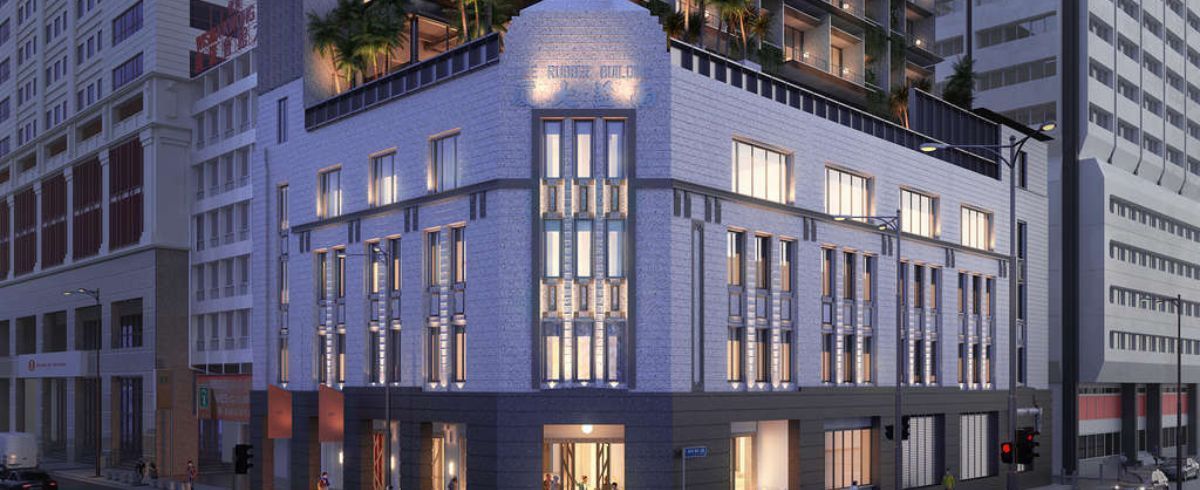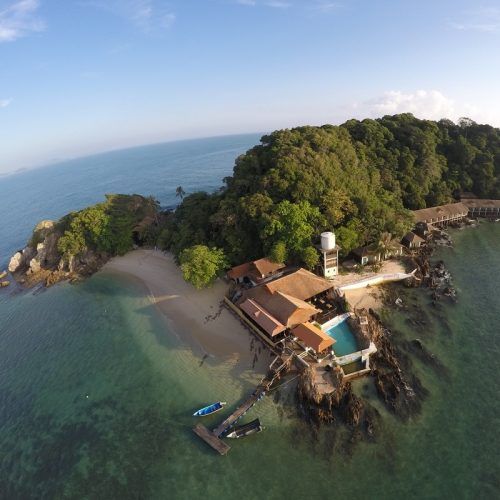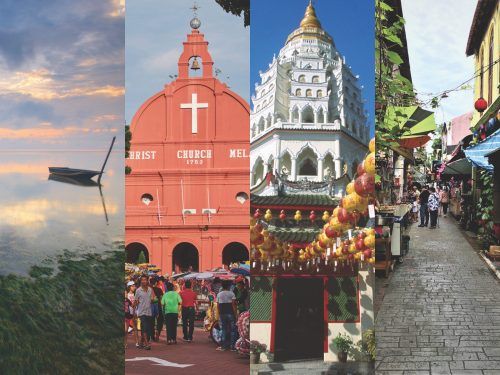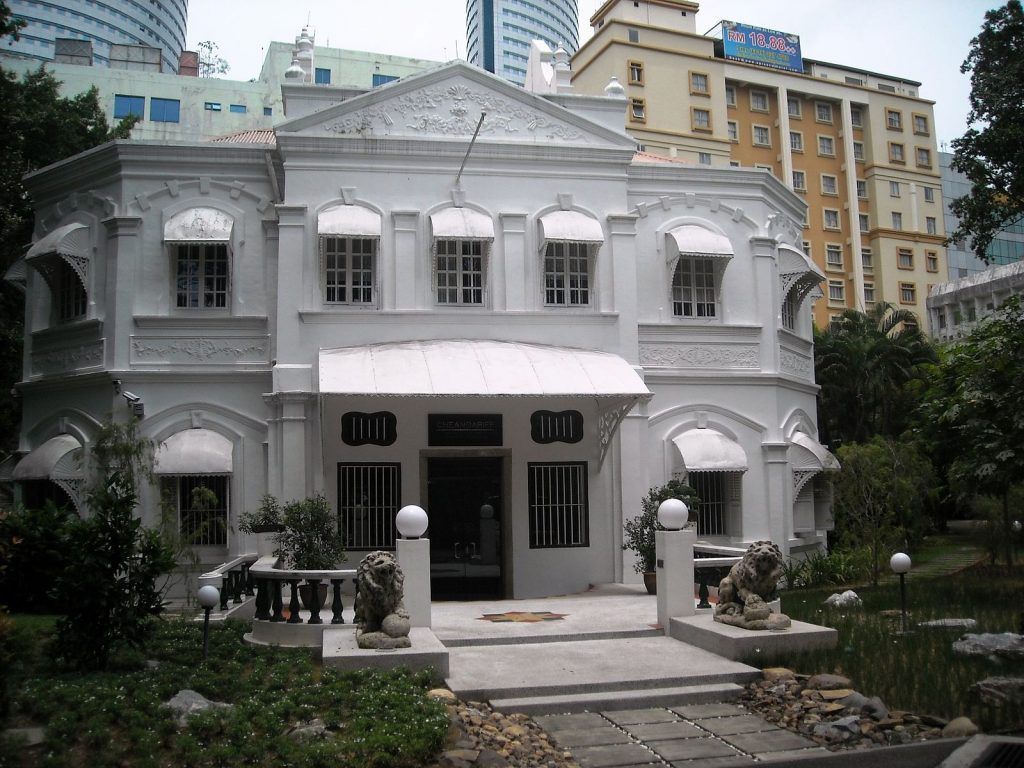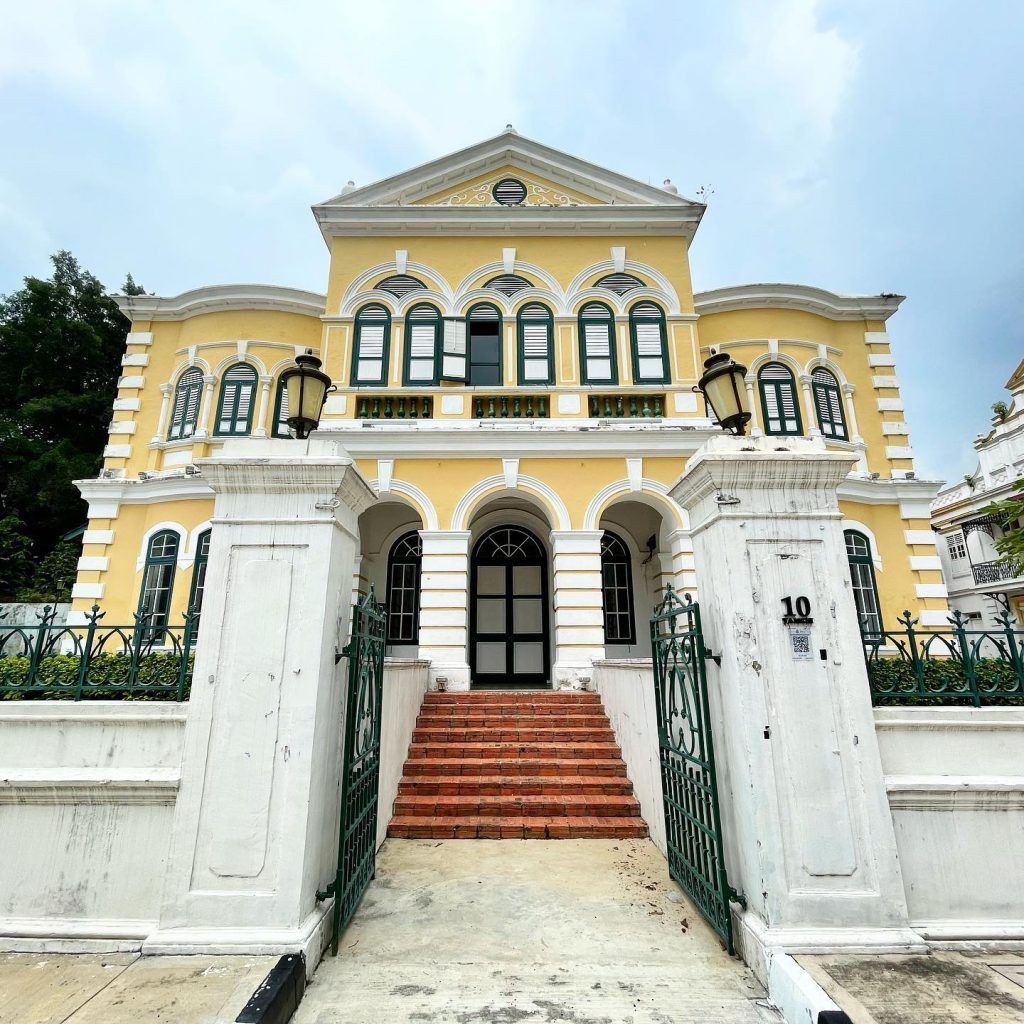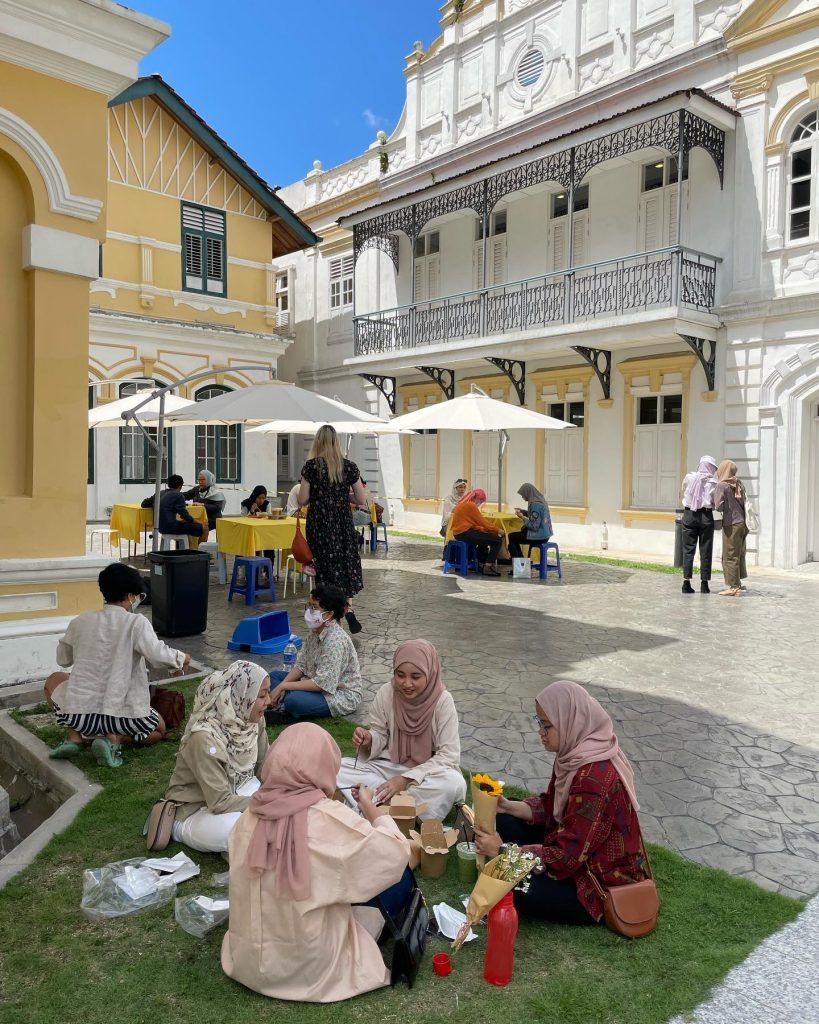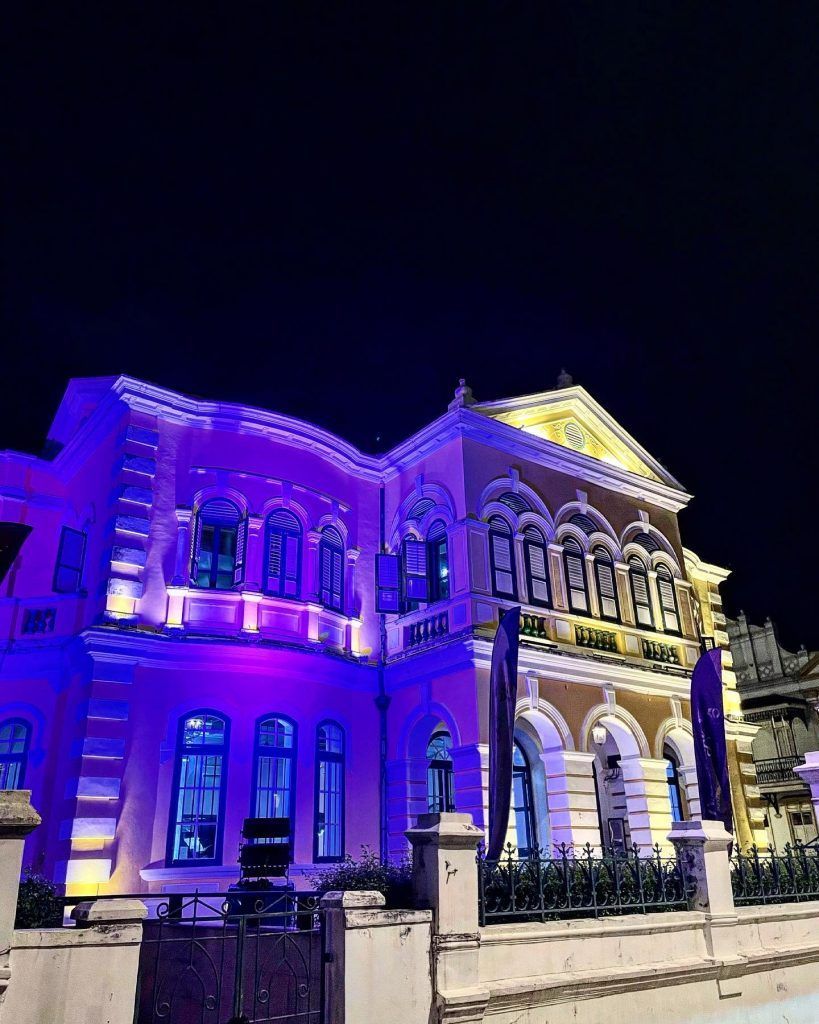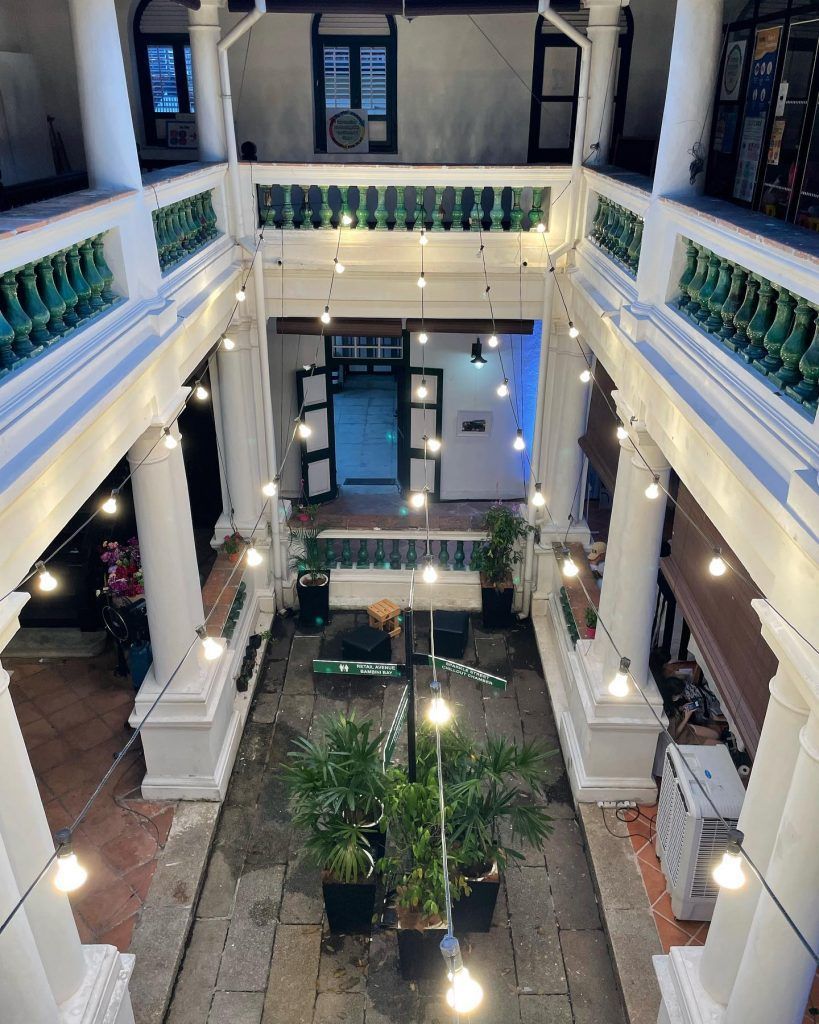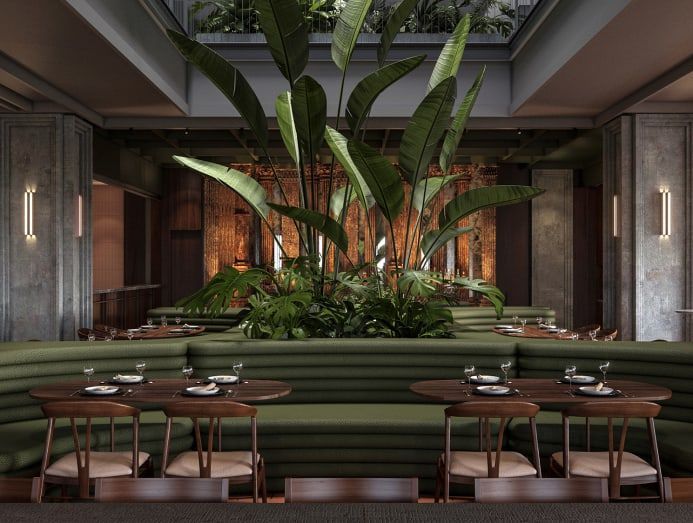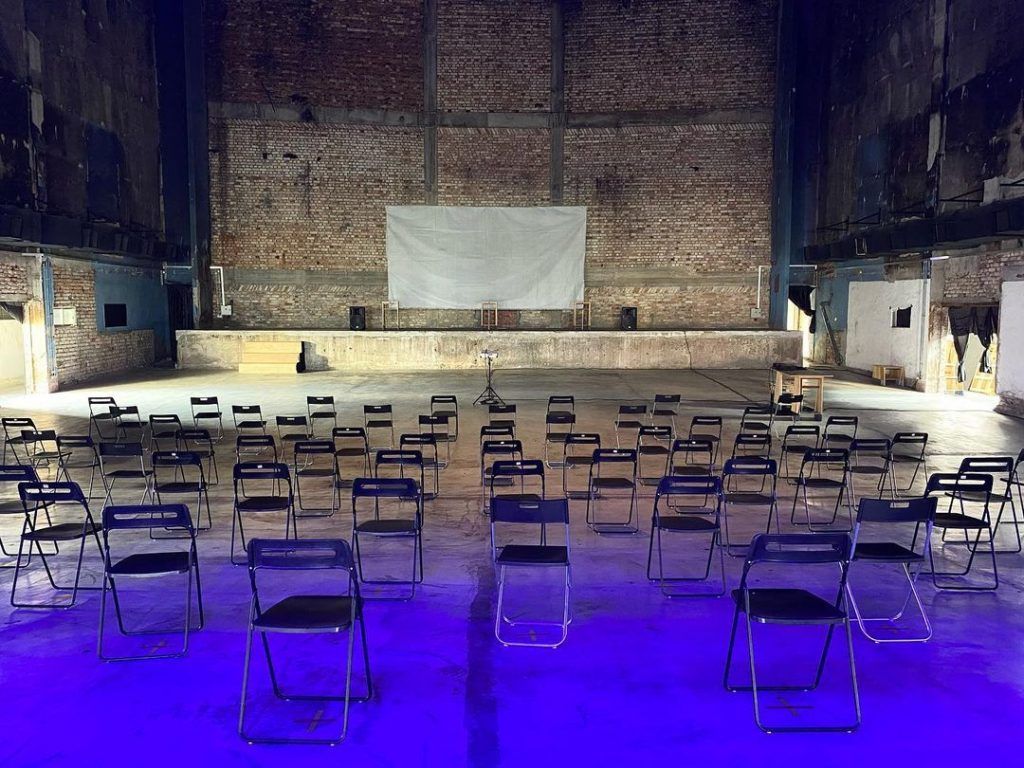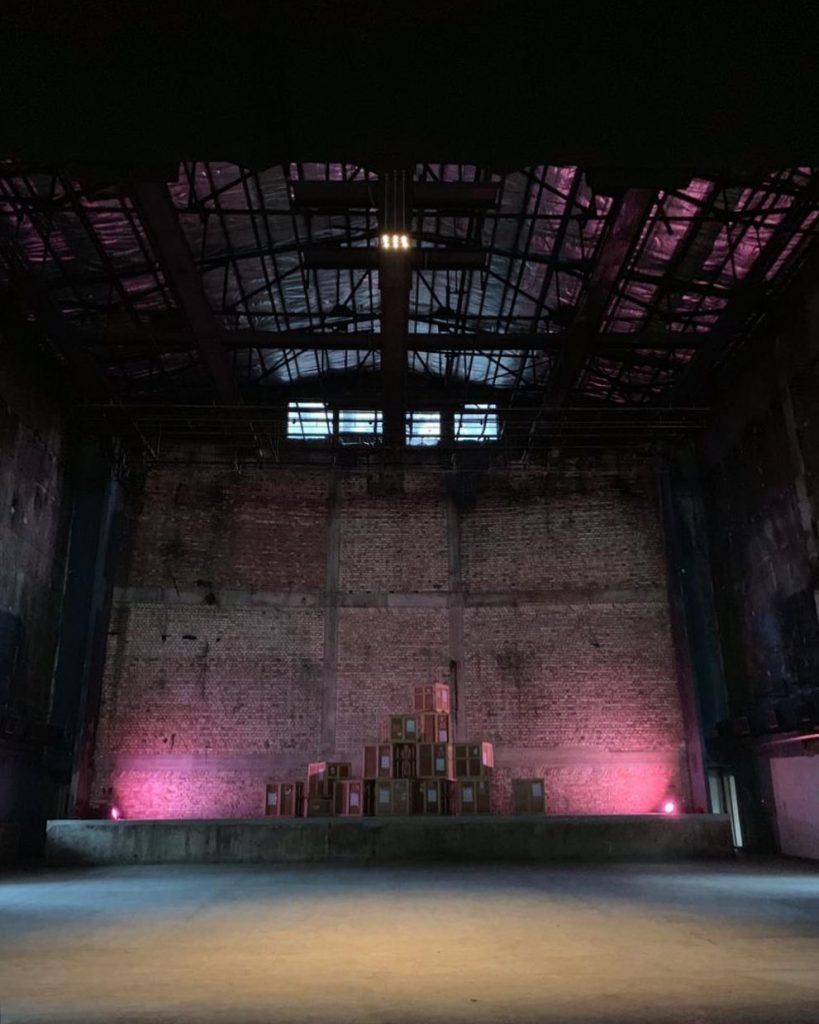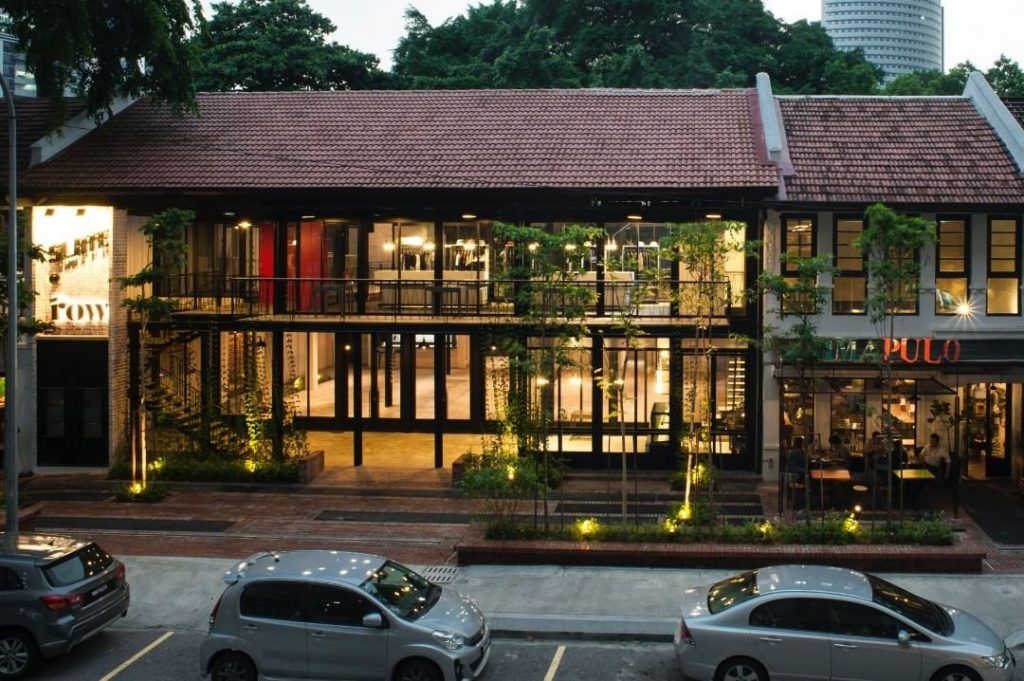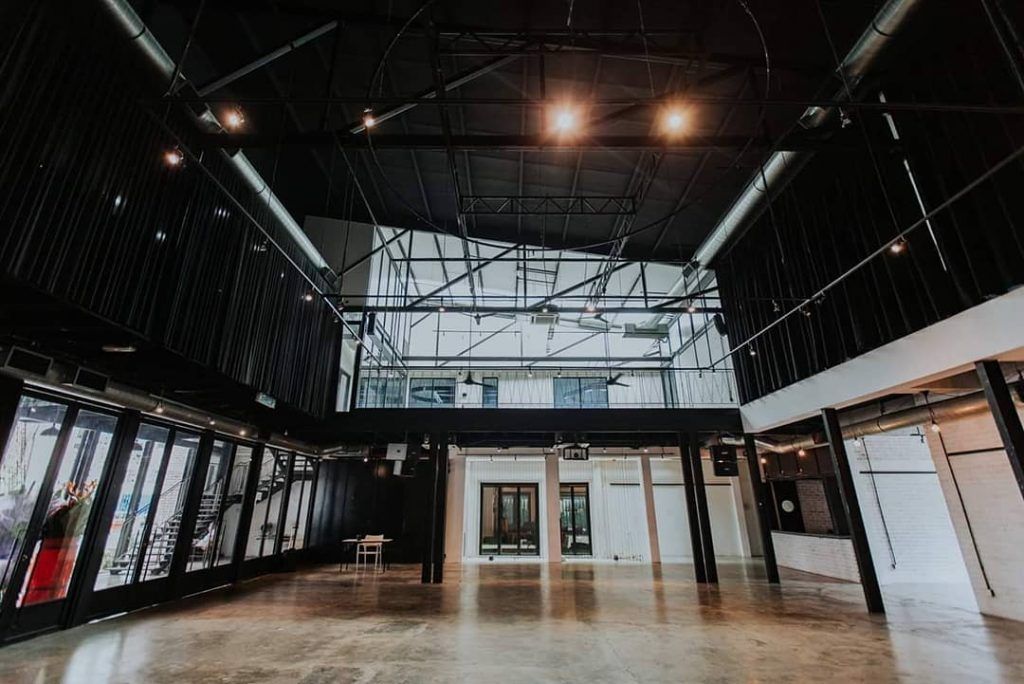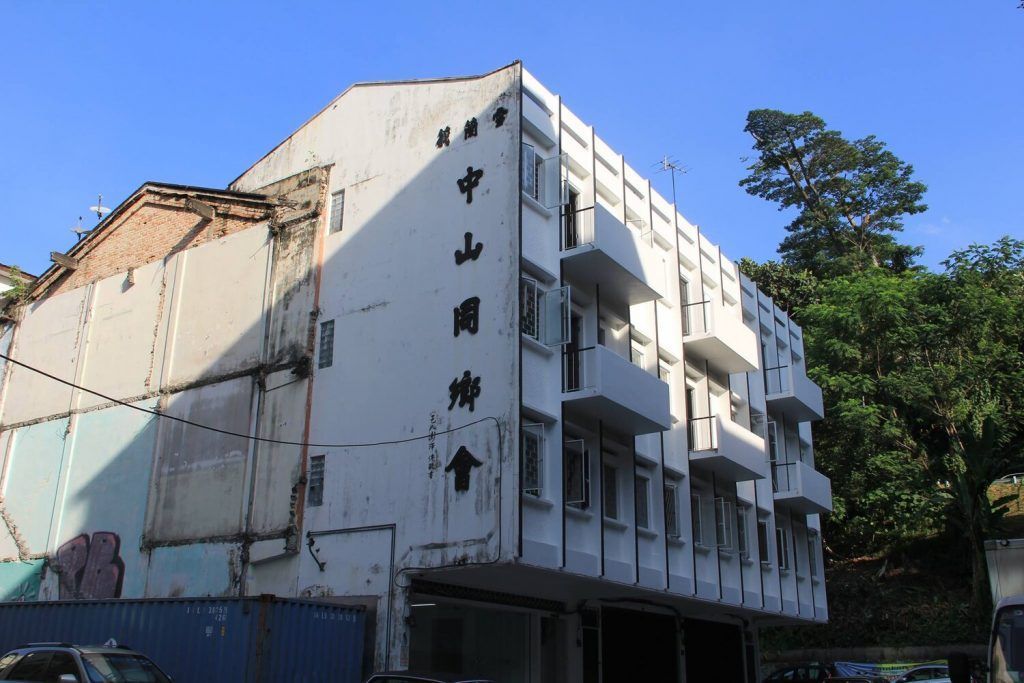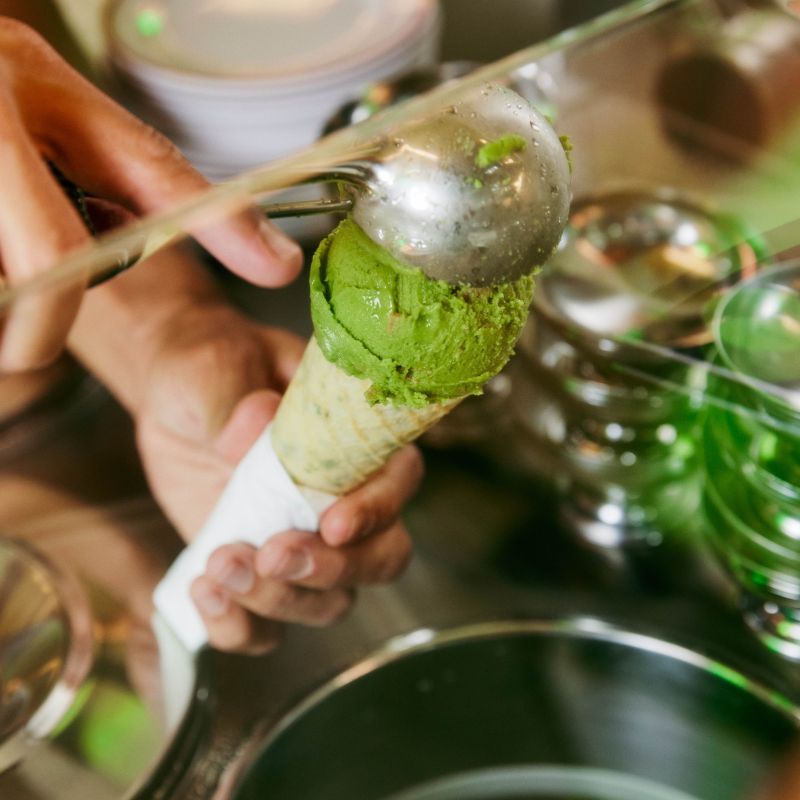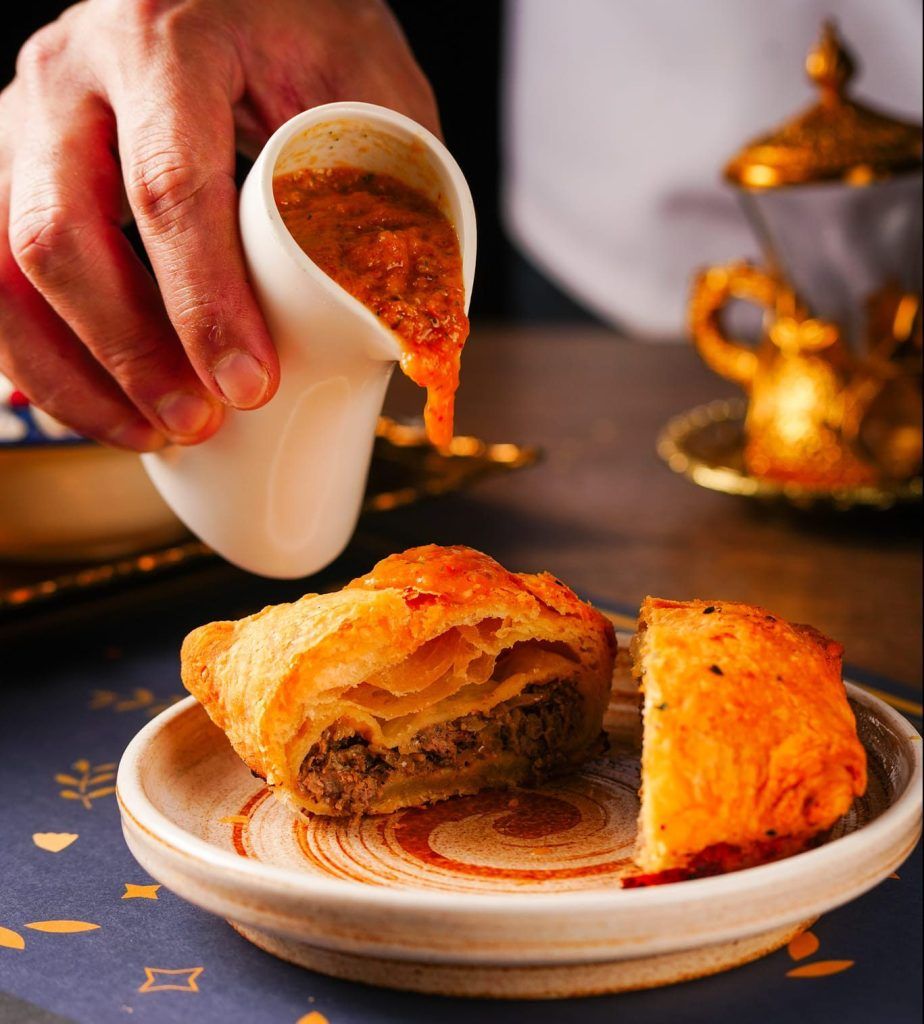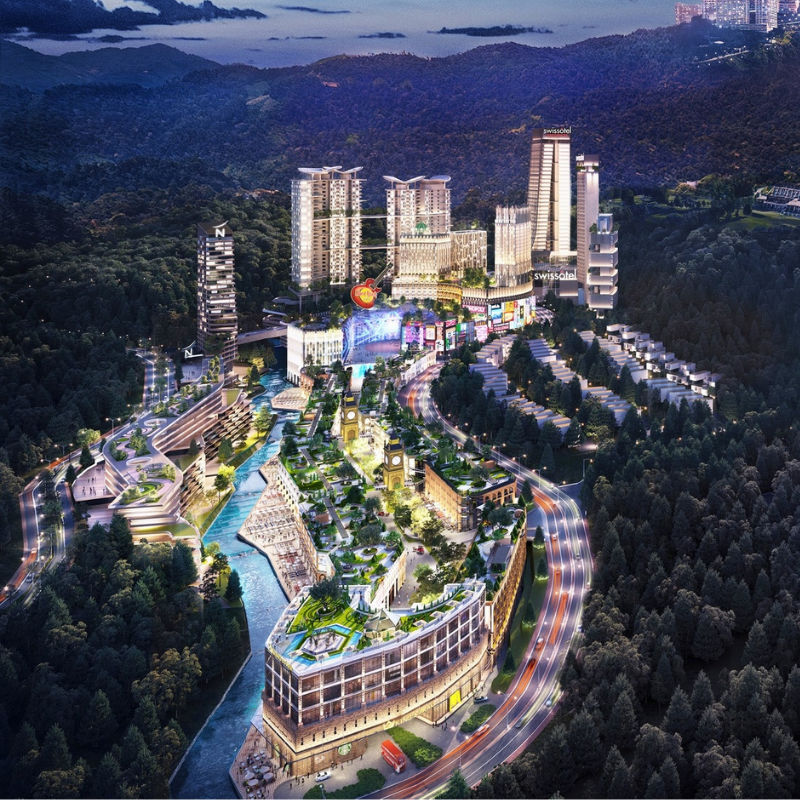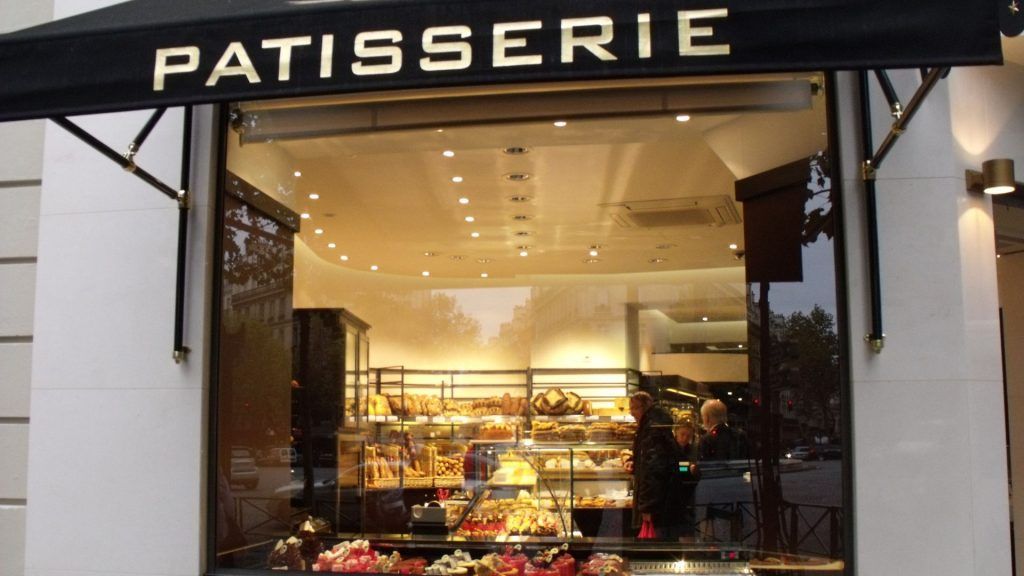As we celebrate Malaysia’s 65th Independence Day (colloquially known as Merdeka), we take a look at the historical landmarks around Kuala Lumpur, Malaysia, that have seen history unfold.
We’re not just talking about the years circa 1957. Apart from ancient historical structures such as candi (or pantheons) in Kedah, classical buildings had their beginnings locally as far back as the 15th century.
The first detailed description of Malay architecture was on the great wooden palace of Mansur Shah of Malacca, which is adorned with wood carvings meant to signify the social status of the resident. At present, such structures of traditional architecture are few and far between.
Colonial buildings, on the other hand, can easily be spotted around town. Thanks to sturdier materials and design, these treasured establishments age well. As a nation, we have gone through imperial regimes of the Portuguese, Dutch, and British. They may have left, but these monuments and buildings are still standing, with some given facelifts to celebrate and immortalise their heritage.
8 historical landmarks in Malaysia every Malaysian should visit:
Loke Mansion
Kicking off our guide to historical landmarks in Malaysia is the Loke Mansion, an imposing and ornate whitewashed mansion that happens to be the final residence of Loke Yew. He was a local tin magnate, and at one point was the richest individual in Malaysia.
Built in 1892, the two-floor structure now stands to be 130 years old. It took architect Cheow Ah Yeok 12 years to build it to completion, and it is said that this landmark is one of the first residences in the then-Federated States of Malaya to have access to electricity. After his passing in 1917, the Loke family maintained residence until 1930.
Today, the charming structure is repurposed into a location for community-based functions, such as pop-up art galleries and events.
Address: 39 Court @ Loke Mansion, No. 273A, Jalan Medan Tuanku, Wilayah Persekutuan, 50300 Kuala Lumpur
Rumah Pusaka Chow Kit
This one has an interesting story. Built in 1926, Rumah Pusaka Chow Kit used to be in Chow Kit itself. However, if you’re looking around the area for this historical landmark, you won’t find it — because it has been completely relocated in 2015, and is now a neighbour to the National Art Gallery.
When it was in Chow Kit, the house was flanked by brick buildings. The owner of the residence was an elderly lady called Norma. She refused millions of ringgit to move out of the area to make way for new development, resulting in the house’s infamous moniker: Rumah Degil (which directly translates into ‘stubborn house’).
Unfortunately, in 2013, she was forced to sell it as she could no longer afford its upkeep. The rest is history.
Address: No. 2, Jalan Temerloh, Titiwangsa, 53200 Kuala Lumpur, WP Kuala Lumpur
Rumah Tangsi, formerly known as Chow Kit Mansion
If you’re a fan of pop-up artisanal markets, then you’re bound to have visited Rumah Tangsi. Before it became KL’s favourite hang-out spot, it was the grand Chow Kit Mansion. In its past life, the location housed the prominent Loke Chow Kit, an instrumental figure in KL who opened the first department store in the city. Chow Kit made this his family home from 1903 until 1909, after which the address was converted into Empire Hotel, one of KL’s most luxe hotels in the 1900s.
The city came close to losing this architectural marvel, but DBKL (Kuala Lumpur City Hall) stepped in to become the custodian of Chow Kit Mansion. Upon its restoration, the mansion was converted into a buzzing event space that welcomes art exhibits, photoshoots, and local bazaars.
Address: 10, Jalan Tangsi, Tasik Perdana, 50480 Kuala Lumpur, WP Kuala Lumpur
Vivekananda Ashrama
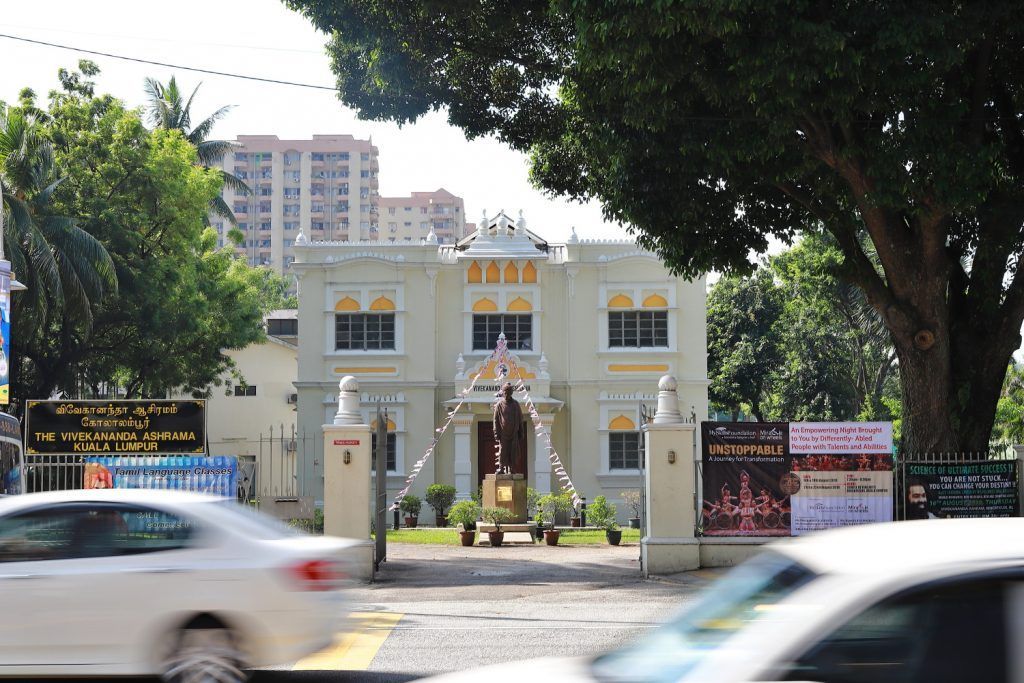
This historical landmark is well over a century years old, and in 2016 has been gazetted as a National Heritage site. Built in 1904, by Jaffna Tamil immigrants, the building was an important site for the Sri Lankan Jaffna community in Brickfields. The two-storey ashram served as a reading room in its heyday, and in 1914, branched out into Vivekananda Tamil School.
The building includes a bronze statue at the front, erected to honour Swami Vivekananda, an Indian Hindu monk who was regarded as a patriotic saint in India. Today, it is run by a management committee and is responsible for three primary schools and one secondary school that altogether serves over 2,500 students.
Address: No. 220, Jalan Tun Sambanthan, Brickfields, 50470 Kuala Lumpur, WP Kuala Lumpur
Else Kuala Lumpur, formerly known as The Lee Rubber Building
A three-minute walk away from KL’s Central Market is Else Kuala Lumpur. Before its latest glamorous refresh, this historical landmark was the site of Kapitan Yap Kwan Seng’s residence. After that, The Lee Rubber Building was built in the 1930s. At the time, it was the tallest building in its area and era.
During the Second World War, the Japanese government used the building as the headquarters of the Japanese secret police. Today, the building retires in style, becoming KL’s most exciting hotel destination.
Address: 145, Jalan Tun H S Lee, City Centre, 50000 Kuala Lumpur, WP Kuala Lumpur
REXKL
For those constantly seeking urban thrills, REXKL requires no introduction, as the community and cultural hub has seen tonnes of successful events here, such as Riuh. Before its much-needed revival, REXKL was one of the first theatres in the country. Built in 1947, the space caught on fire in 1972. After that, Rex Cinema was rebuilt as a state-of-the-art single-screen theatre that can take over a thousand moviegoers. So it’s worth to check out this Merdeka Day.
At its peak, Rex Cinema was operated by the Shaw Brothers, and later on by Golden Screen Cinemas. Unfortunately, in 2002, another blaze ended its glory. It was only 17 years later that creative entrepreneurs Shin Tseng and Shin Chang rolled up their sleeves to reactivate this 60,000 sq. ft. building. Today, it is one of the crown jewels of KL events scene.
Address: 80, Jalan Sultan, City Centre, 50000, WP Kuala Lumpur
Slate, at the Row
Similar to REXKL and Rumah Tangsi, you’ve probably graced the halls of Slate at the Row, as this is a prime location for events in KL. This spot is designed out of 1940s pre-war shophouses that were readapted into a vibrant enclave that gives out a fresh look while maintaining the rustic chic edge. Thanks to the vastness of the spot, Slate at the Row can accommodate multiple variations of events, from corporate dinners and weddings to media events and pop-up retail experiences.
Address: 52, Jalan Doraisamy, Chow Kit, 50300, WP Kuala Lumpur
The Zhongshan Building
Last, but not least, we have the Zhongshan Building, a newly restored 1950s structure that once housed the Selangor Zhongshan Association and other merchants. Today, thanks to Think City, the historical landmark has been rejuvenated into a hub for artists, researchers, designers, artisans, musicians, and more.
From time to time, the retailers here will open their doors for public events, including art exhibitions, listening rooms, live music gigs, lectures, and discussions. The ecosystem of vendors at the Zhongshan Building hopes that through hosting such dialogues, the building will continue to shift and grow upward and onwards.
Address: Jalan Kampung Attap, 80 – 84, Jalan Rotan, 50460, WP Kuala Lumpur
Featured and hero images credit: Else Kuala Lumpur
This story first appeared on Prestige Online Malaysia

